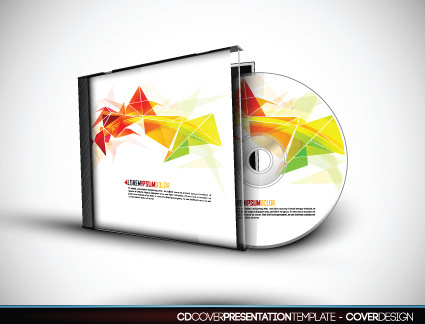
Desain Banner Format Cdr Disk
If you’re starting out as a designer, one of the most confusing aspects of computer-based is the difference between RGB and CMYK color modes, as well as the difference between various file formats. Although this subject is brought up countless of times in the design blogosphere, I believe it was never explained in a way that’s simple, easy to remember and most importantly, easy to work with. So here we go.
Download Disc Makers free CD templates and DVD templates for your project. We give you the tools you need to create your CD or DVD design, including FTP.
Understanding and using the RGB color model _ Simply put, RGB color model is a technology for mixing (R)ed, (G)reen and (B)lue light in order to produce any imaginable color. Indiana jones movie pack torrent full. This technology and color mixing process is used by all computer screens and electronic devices.
How this truly works is beyond the scope of this article. In short, your computer screen, laptop, cellphone and most other electronic devices are small miracles capable of showing millions of colors just by mixing various intensities of red, green and blue light.
Your computer screen is coloring each pixel in this image by mixing different intensities of red, green and blue light. For example, certain purple pixels in this image are rendered by combining RGB values shown on the right. As a designer, you have direct control over this process because you can manually adjust the RGB intensity of each pixel in order to get the color you want — the higher the values, the brighter the colors (just like turning on more lights gives you a brighter room). You should always design in RGB color mode if your final artwork is going to be used on computer screens or digital devices.
This includes: • user interfaces • websites • web banners • icons • any other design piece intended for electronic use All major design applications offer you instant color model presets for web and other types of RGB artwork. Through my experience of being on both sides of the lifecycle of Design and Printing; 15 years and still ticking This article does a great job explaining the color theory of design. However, I will need to make notes that it is also up to the printer that is being used for proper color. Most commercial printers use a RIP program that processes colors for the printer. Most RIP programs will convert RGB -> its own CMYK mixture.
This being said building a file using RGB vs CMYK is a moot point. PANTONE swatches from a book will only get a designer so far. Having a PANTONE Chart printed off a printer will be far more valuable for the design process. The chart from the actual printer will show the variation that printers have in the commercial industry.
To further note that the operator of the printer if experienced can and most times will modify the balance of ink distribution of each color based on the files being printed. My suggestion is find a good company that is willing on creating a good bond and relationship with the design group or individual.
And understand how the printer produces the print via RIP or however they create the final product. You’ll find more value in knowing if there is a consistent shift from the paper being fed through the printer. How best to set up the bleed margin for the variations of cutting devices.
And most importantly how the color is created. Sorry, but your article does nothing but disseminates a totally wrong concept about CMYK being the “good”, professionals’ preferable format for printing and prepress. Actually you can use CMYK in artworks to be sent to the prepress service bureau just in 2 cases: 1. You are absolutely sure about the ICM profile the printing machine is calibrated for, 2. You use some special colors, where avoiding halftoning and registration problems are much important than color fidelity, e.g.
Red text = 100% Magenta + 100% Cyan. In all other cases there might be a risk to have your CMYK objects converted back to RGB (actually Lab) and then again to CMYK in order to match their workflow’s ICM profile. Modern RIP workflows are usually able to make the RGB->CMYK conversion much better than the host process, so why you would work in a format which has a narrower gamut and much worse post processing capabilities? Repeat, unless you know exactly the (eventually proprietary) ICM used by the service bureau in question.
But I hardly think lots of “beginner” designers would be able to ask for this specific ICM. Hello, I have a file created in Illustrator CMYK. When exported as PDF, according to that reader open, I see two different ways. If I open in Foxit Reader, green change completely and appear bright. If I open it with Adobe Reader, I see it as in Illustrator.
How is which one is showing me the true color? If I send the PDF, as that program will see the other person, he will see one color or another The same thing happens to me. How is what color will appear when you print the document? Do you know any tutorial or manual which I can understand once and for all what is what I see on screen and what I will see on paper?